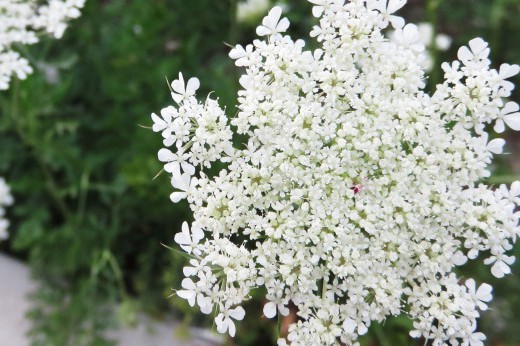Bittersweet nightshade (Solanum dulcamara), a small perennial vine originally from Eurasia, puts on a great show in the fall. Its deep purple, five-petaled flowers point downward, with bright yellow stamens shooting out from the center. Flowering and fruiting can happen concurrently, offering a stunning display of vivid blooms and luscious bright red berry clusters. It’s a member of the nightshade family, Solanaceae, and has many of the intriguing characteristics of this important family.
Even if you’ve never heard of the nightshades, you’ve probably eaten one recently. Cultivated members include tomatoes, eggplants, peppers, and potatoes, as well as tobacco. But bittersweet nightshade has less in common with these plants than with belladonna, its famously deadly cousin—all parts of the plant are poisonous to people and livestock. Beware: Those showy, juicy-looking berries can be particularly tempting for children!
Still, “poisonous” is a relative term. Though toxic to people, bittersweet nightshade berries provide an important fall and winter food source for birds, who happily eat the fruit and spread the seeds. With this dissemination help, along with creeping, rooting stems, the plant has become a stubbornly noxious weed in much of the United States. It’s a resilient little plant that can grow in denuded soils and low-light corners. Dense mats of the plant provide habitat for small animals, which may or may not be a welcome service. Those animals could be chipmunks or rats!
More: Browse our Weed of the Month archive.
Bittersweet nightshade has a long history in folk medicine and lore. Used externally in poultices and salves, it was used to remedy psoriasis and other skin afflictions. Mixed with other herbs, small doses were given internally as a diuretic or a purgative—basically to flush the body one way or the other. Sachets of the dried leaves and berries tenderly placed under the pillow were said to help heal a broken heart. And witches, spurned lovers, and farmers alike sought out the plant to protect their animals, homes, and loved ones from the evil eye. Consider the appearance of this witchy weed in your garden an auspicious omen, or at least a boon for our hungry winter birds.




